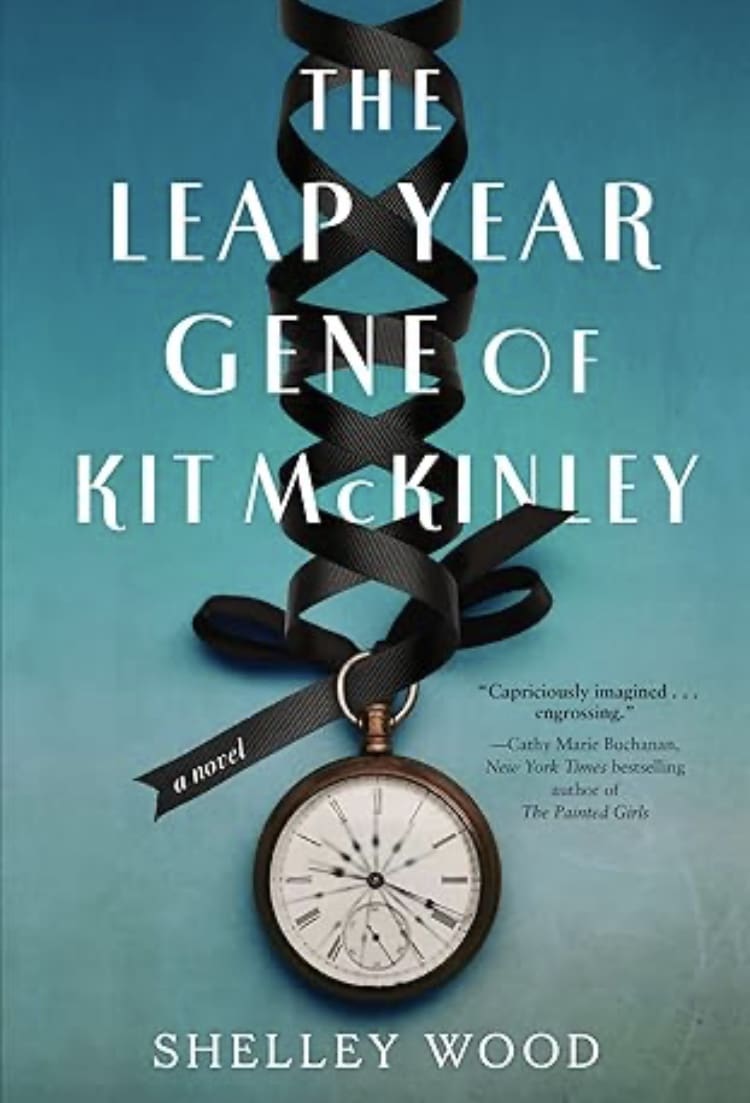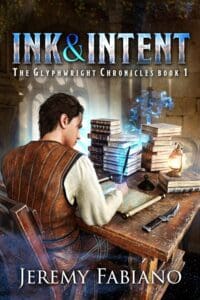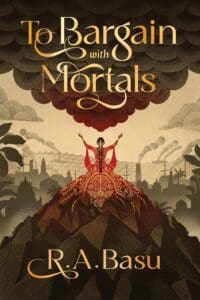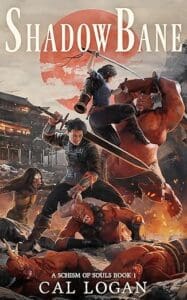
Synopsis
An inspired, sweeping, historical epic tracing the remarkable life story of a baby girl born on leap year day who grows one year older every four years. The Leap Year Gene imagines the fascinating life of Kit McKinley from WWI up to the present day, told through the voices of Kit and her family members, whose lives are forever altered by her secret.
Review
Poignant speculative fiction can make you think of things you might otherwise have never imagined. But when it’s mixed with just the right quantity of emotional richness, it makes you feel those same impossible things, and it creates a sense of wonder. It’s this type of wonder that abounds in The Leap Year Gene Of Kit McKinley.
I’m a sucker for stories that play around with time, and this one does it in a fresh and unique way by altering the main character’s biological clock. Instead of time being relative, it’s the process of ageing itself that’s slowed down, and the story speculates over what it would be like if someone born on on a leap day aged at a different rate to everyone else around them.
It’s an intriguing hook that raises all sorts of questions. How would your relationship with your parents be affected if you aged four times slower? What would it be like to experience puberty for decades? How close do you let yourself get to people? But the way these questions are explored evokes a sense of depth and danger, and makes for a compelling and compulsive read.
The genius of this story is the way it approaches Kit McKinley. We don’t get introduced to her right away. Instead, we see her life through four different lenses, and through four different periods of history.
We’re first shown Kit through the voice of her step-father in the early 1900s. He feels a burgeoning need to protect Kit as her slow rate of development becomes increasingly difficult to hide. After all, a baby can only remain a baby for so long before people start asking questions. I really identified with the way parenthood is presented through his perspective, and I was pleasantly surprised by how much of the book was spent with Kit as a child. No stretch of her life is rushed or glossed over.
Next, the narrative switches to Kit’s mother — a scientist who wants nothing more than to understand what is happening to her daughter. She becomes involved with genetic research in the build-up to World War II, when a great deal of time and energy was placed on the betterment of a race through genetic tinkering. Don’t expect this section to read like a war novel. The personal stakes are ever-present, and the story doesn’t deviate from the relationships that form the heart of this book. But let’s just say that my heart was in my mouth so much, I could practically taste it!
The third part takes a look at Kit’s younger (or older, depending on how you measure their ages) half-sister. The contrast and the tensions between them is so rich and is explored so brilliantly against the backdrop of huge sociological changes in the decades that follow.
And finally, we meet Kit. Now a woman, we get to see the world through her eyes, and this last act beautifully resolves all the threads that the book weaves through its different parts. I was stunned by it in all the best ways.
It would have been so easy to write this as four short stories, or to have serialised it and drawn out proceedings over multiple books. But I’m so glad that the author decided to tell this one story as a standalone, and to examine this one life. Like all other lives, Kit’s is a search for answers and meaning, profoundly honest in the way family shapes us and what time can do to a family. There is hope to be found beyond the pain of loss. There is identity to be discovered in the differences between us. There is more in this world to be explored than there is to be feared. If any of those themes resonate with you, then you need this book in your life.
Overall, it’s both warm and cerebral, charming and terrifying, but always a delight to read and a real page-turner. Each character is so diverse, and you’ll fall for each of them in turn. But the focus is never far from Kit. And she deserves it. She’s a fantastic character, and by the end of the book, you’ll feel as though you know her completely.
I can’t recommend this story highly enough. It’s more speculative than historical fiction, but it’s a perfect slice of an extraordinary life that fans of Matt Haig’s How To Stop Time will devour. This book is one for the ages. Literally.








Leave a Reply